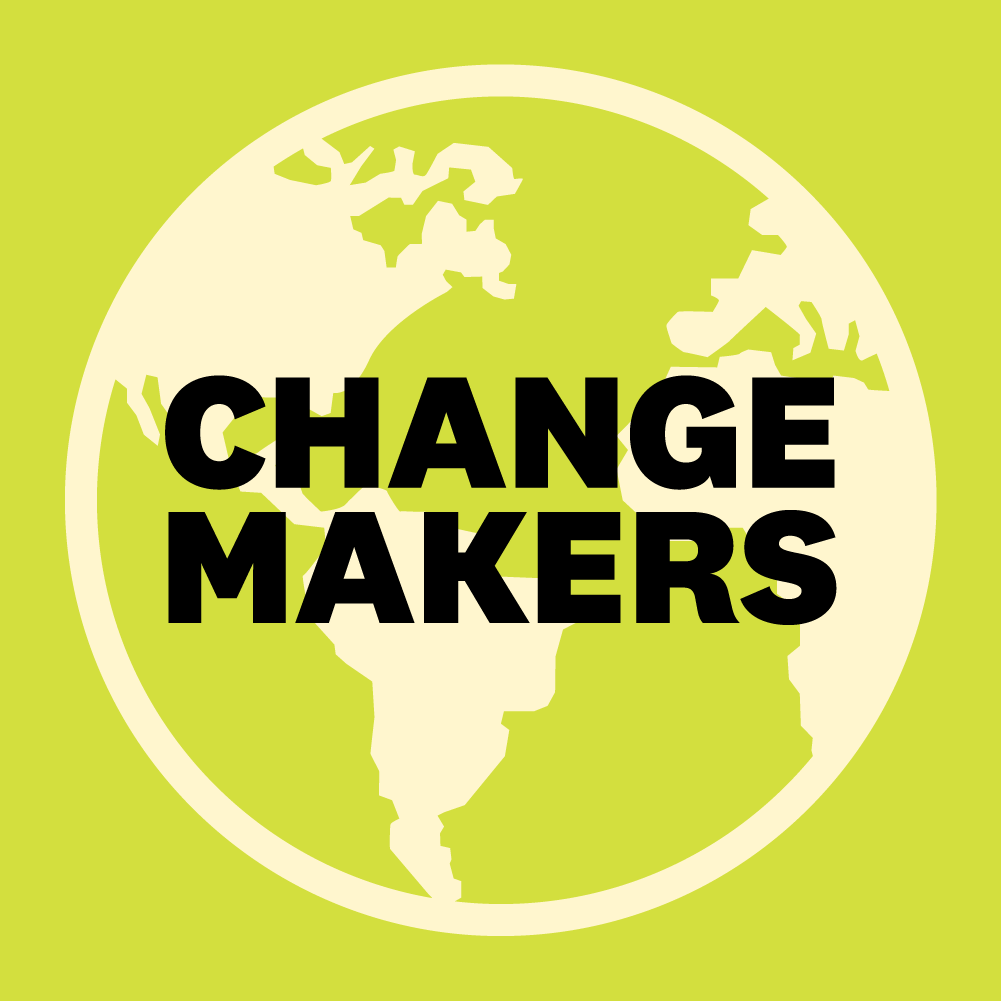Using environmental science to affect policy management: Karla Heidelberg
May 7, 2025
USC Trojan Family Magazine is featuring Trojans who have made a significant difference in sustainability at the University of Southern California.

“The value of what I get to do now with USC Sea Grant is doing real science that matters,” Heidelberg says. “It’s science that will feed into actual policy for the betterment of the community.”
Early research and the path to USC
Heidelberg developed her love for the ocean later in life than some of her peers. Her first experience living near a coast didn’t come until graduate school, when she earned her doctorate degree in biological oceanography from the University of Maryland. A position with the U.S. Department of State’s Office of Oceans Affairs afterward marked her first foray into the world of public policy.
“That was the first time that I had an opportunity to take basic science to an applied level,” Heidelberg says. “That was a really important career move because from then on, I was an oceanographer with international policy experience.”
She then moved on to a position with the J. Craig Venter Institute — a genomic research nonprofit that is committed to scientific research to drive advances in human health and environmental sustainability. The position required her to further explore the Earth’s oceans: For the next three years, she coordinated an expedition involving a research vessel sampling seawater every 200 miles to look at microbial biodiversity.
“The papers that came out of that were just absolutely stunning in learning about true biodiversity in the oceans and on the planet,” Heidelberg says.
From there, Heidelberg joined the faculty at the USC Dornsife College of Letters, Arts and Sciences — a job she accepted with company. Her husband, John, is also a professor of biological sciences and environmental studies at USC Dornsife and currently serves as the director of the Wrigley Marine Science Center on Catalina Island, where the two lived with their two children the first seven years of their time at USC.
“Catalina Island, scientifically, is fantastic because it’s only 26 miles off the coast of L.A. and to an extent, a much different ocean ecosystem than the Port of L.A. and the coastlines along Southern California,” Heidelberg says. “It provided this really great opportunity to design studies that looked at differences between the two ecosystems.”
Antarctic exploration
Her work at USC led to her first research trip to Antarctica to study how algae survive in extreme conditions.
“Antarctica was a game-changer,” Heidelberg says. “I really got a great perspective for seeing the different types of research that are done on the continent and how people are looking at changing environmental conditions.”
That experience led to a position with the National Science Foundation as the director of the organization’s Antarctic Program, where she helped secure funding for and prioritized science for the continent’s U.S. presence. She traveled to each base during her three trips to Antarctica — McMurdo Station, Amundsen-Scott South Pole Station and Palmer Station.
“Each trip allowed me to see vastly different research,” Heidelberg says. “From physical scientists to biological oceanographers to ecologists studying adaptations in mammals or whales.”
USC Sea Grant’s impact
In 2023, Heidelberg was selected to lead USC Sea Grant after former Director Linda Duguay retired. As USC Sea Grant director, Heidelberg leads the collaboration between the NOAA and USC, and builds stronger partnerships with California universities, the public sector and state natural resource managers. All these moving parts work together toward the common goal of promoting resilience in ocean and coastal communities.
“We combine research, extension and education in addressing pressing needs,” Heidelberg says. “We’re a leader nationwide in how we manage dense populations of people and ocean ecosystems.”
One of the key aspects of USC Sea Grant is that the research has a direct impact on policy decisions. The USC program works in a national network of 34 total Sea Grant programs. USC Sea Grant serves the greater Los Angeles region and communities throughout the state, drawing expertise from other universities to effect positive change for all.
“It’s one of the few programs that really helps get science into the hands of people and makes it relatable to people, and that’s super important,” Heidelberg says. “We’re using science to help managers, government officials, stakeholders and partners understand what their communities will look like in 10, 20, 50 and 100 years, so they can make the right decisions now.”
Search
RECENT PRESS RELEASES
Related Post



